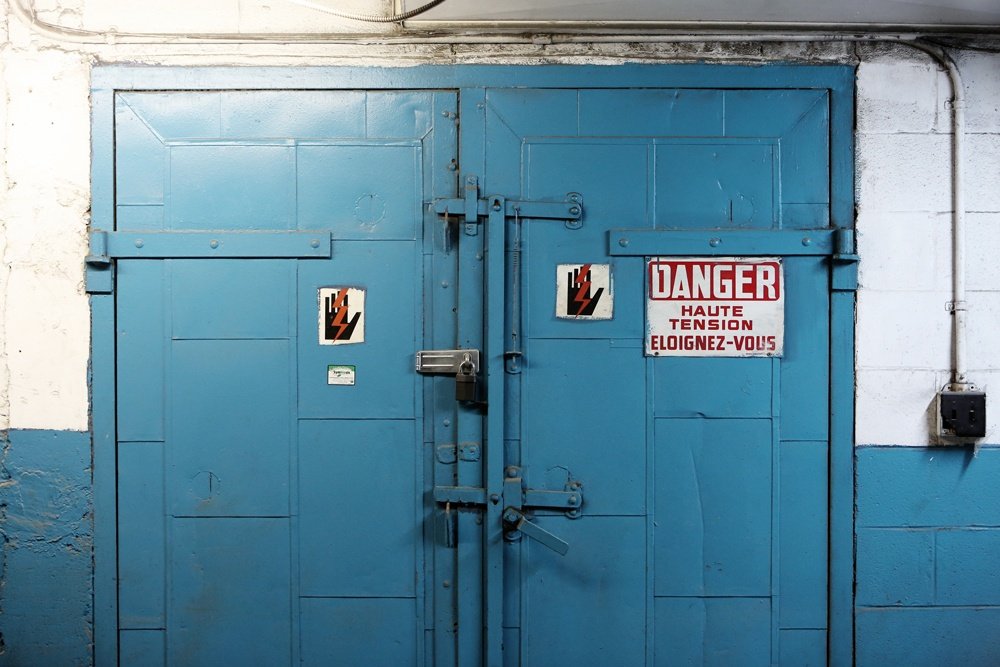Even lawyers who don’t practice in New York might want to take note of a formal opinion released this month by the New York County Lawyers Association Professional Ethics Committee.
The opinion advises: “[I]f any attorney chooses to include information such as practice areas, skills, endorsements or recommendations, the attorney must treat his or her LinkedIn profile as attorney advertising and include appropriate disclaimers pursuant to Rule 7.1.”
What does this mean? That the summary section in every lawyer’s LinkedIn profile should include the phrase, “Attorney Advertising.” If the LinkedIn profile includes 100 percent biographical information, lawyers are excluded from this requirement.
Where should the disclaimer be placed? I suggest at the bottom of the lawyers’ LinkedIn summaries. The New York committee hasn’t provided direct guidance, so we have to analogize from the Rule of Professional Conduct 7.4, which says, “Online advertisements must be labeled ‘Attorney Advertising’ on the first page or on the home page in the case of a website.” RPC 7.1(c).
There are three other significant recommendations in this opinion:
1. Lawyers must continuously monitor their “Skills” sections and remove any items that are incorrect or endorsements that are wrong or misleading (for example, a matrimonial lawyer endorsed for complex transactions.) How often is continuously? According to the opinion, it does not mean daily or weekly, but “periodically, on reasonable intervals.”
2. Categorizing one’s practice areas or experience under a heading such as “Skills” or “Experience” is allowed and does not run afoul of Rule of Professional Conduct 7.4, as long as the sections are accurate.
3. Using the “Skills” section is not the same as claiming to be a “specialist,” as long as you don’t use the word “specialist.”
How should your firm respond? Does it need to quickly add the phrase “Attorney Advertising” at the bottom of all LinkedIn summaries? That is what the opinion recommends but—since my research into thousands of LinkedIn profiles suggests that more than one-third of lawyers have completely blank summary sections—the real battle may be to convince some lawyers to log on.
Then again, if they won’t listen to the marketing department’s pleas to update their profiles, maybe a specific recommendation from the ethics committee will get their attention.
Even if you’re not one of the nearly 88,000 lawyers practicing in Manhattan, you might want to follow the example of one top law firm I work with. It requires every lawyer to include a disclaimer at the bottom of their LinkedIn summary—regardless of where they practice.

